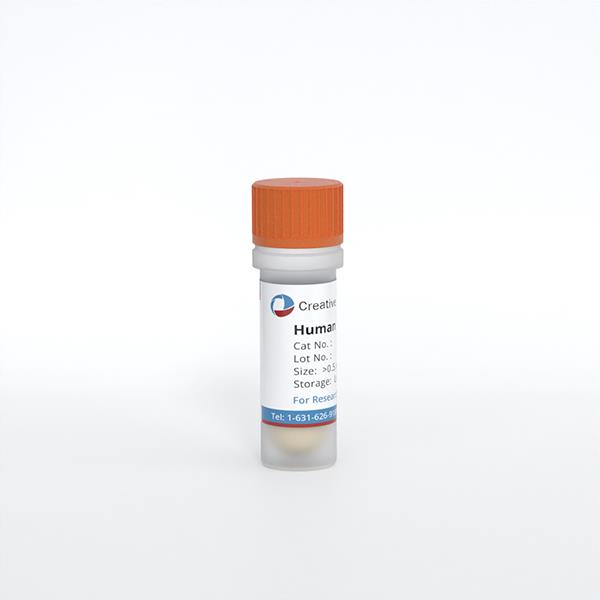Featured Products
Hot Products
ONLINE INQUIRY

Human Gastric Smooth Muscle Cells (HGSMC)
Cat.No.: CSC-7779W
Species: Human
Source: Stomach
Cell Type: Smooth Muscle Cell
- Specification
- Q & A
- Customer Review
Cat.No.
CSC-7779W
Description
Smooth muscle is responsible for the contractility of hollow organs, such as blood vessels, the gastrointestinal tract, the bladder, and the uterus. Its structure differs greatly from that of skeletal muscle. The human stomach contains three layers of muscle in its walls, the outer longitudinal, the middle circular and the inner oblique and visceral smooth muscle cells makes up all three layers along the entire organ. Smooth muscle contraction is critical to peristalsis in the human stomach and the contraction may be mediated by activation of phospholipase through two distinct mechanisms (increased intracellular Ca2+ and G protein activation) and activating PKCepsilon-dependent mechanisms. In vitro study also shows that gastric smooth muscle cells express ET and eNOS and both calcium and sodium may be involved as current carriers in the generation of the plateau potential.HGSMC from Bioarray Research Laboratories are isolated from the human stomach. HGSMC are cryopreserved at secondary culture and delivered frozen. Each vial contains >5 x 10^5 cells in 1 ml volume. HGSMC are characterized by immunofluorescent method with antibodies to Α-smooth muscle actin and desmin. HGSMC are negative for HIV-1, HBV, HCV, mycoplasma, bacteria, yeast and fungi. HGSMC are guaranteed to further expand for 15 population doublings at the condition provided by Bioarray Research Laboratories.
Species
Human
Source
Stomach
Cell Type
Smooth Muscle Cell
Disease
Normal
Storage and Shipping
Directly and immediately transfer cells from dry ice to liquid nitrogen upon receiving and keep the cells in liquid nitrogen until cell culture needed for experiments.
Citation Guidance
If you use this products in your scientific publication, it should be cited in the publication as: Creative Bioarray cat no. If your paper has been published, please click here to submit the PubMed ID of your paper to get a coupon.
Ask a Question
Write your own review
Related Products

